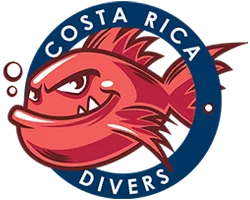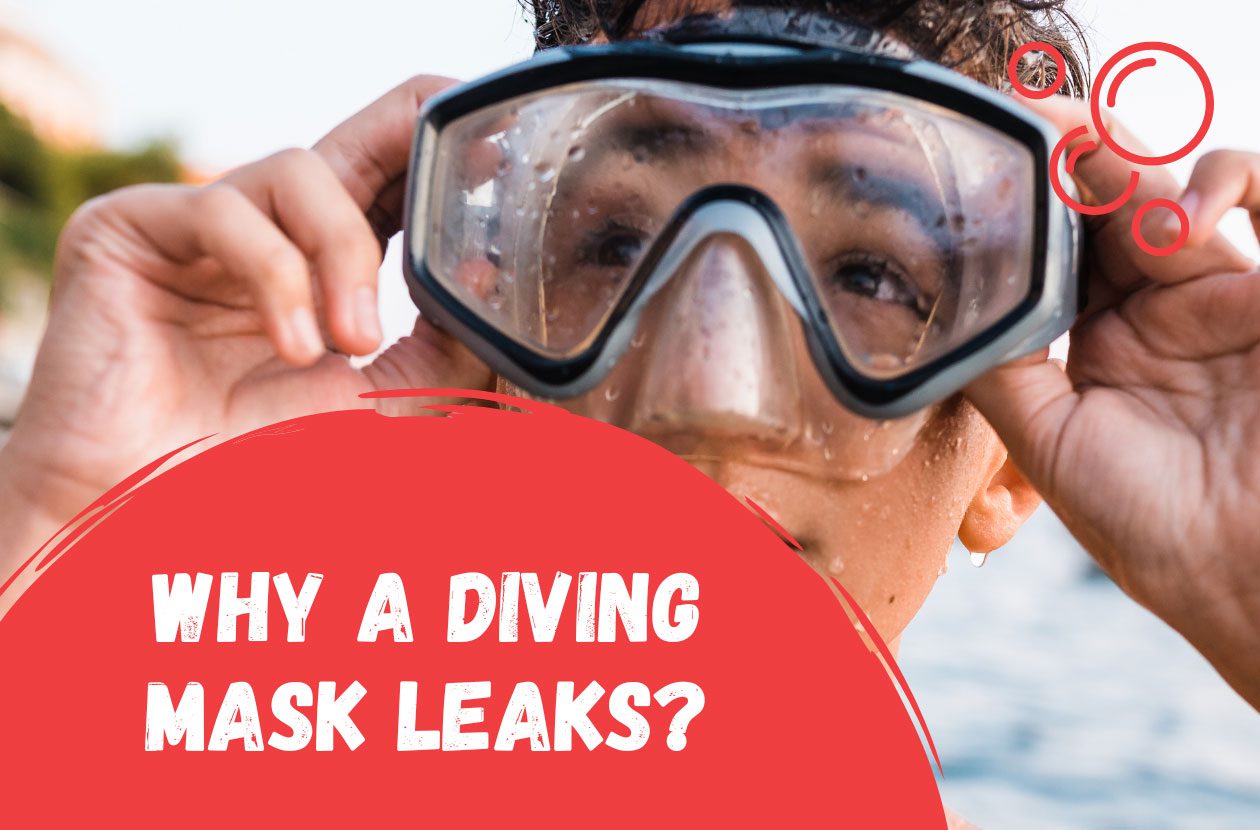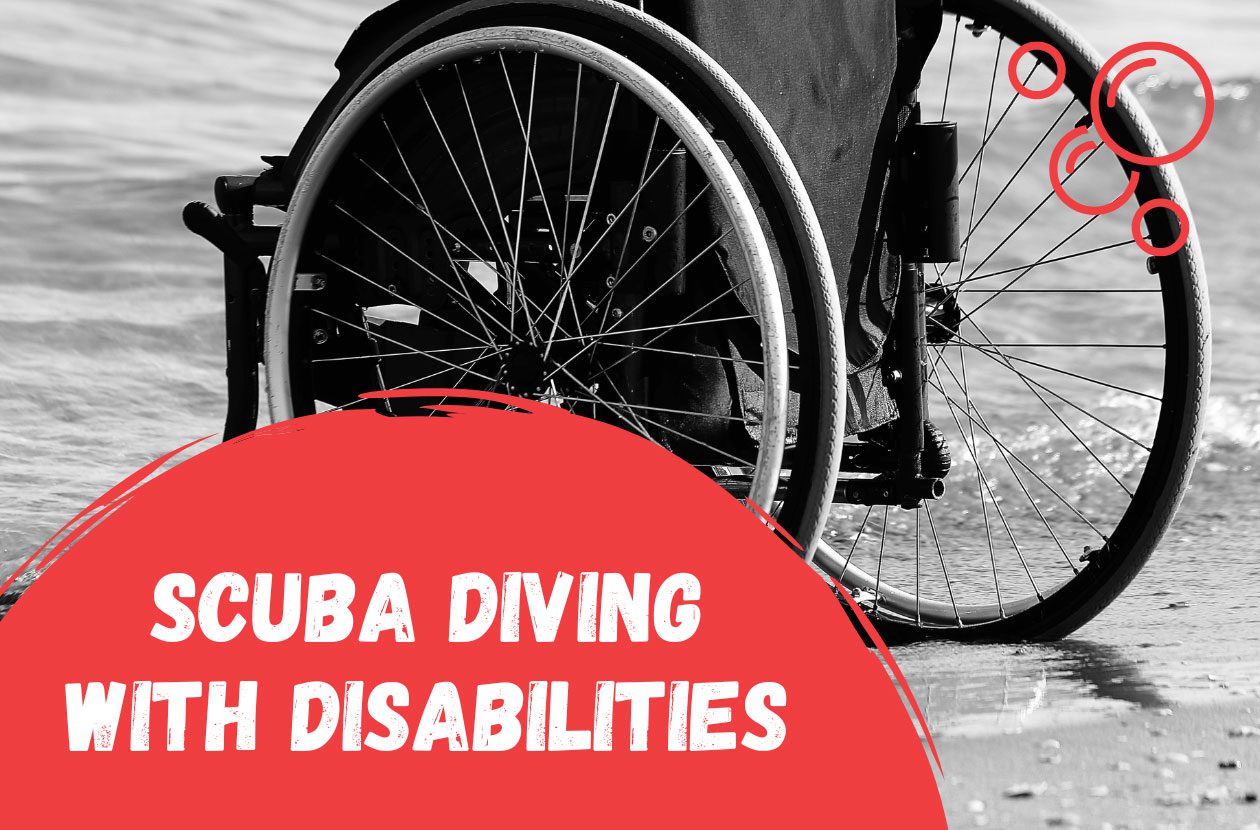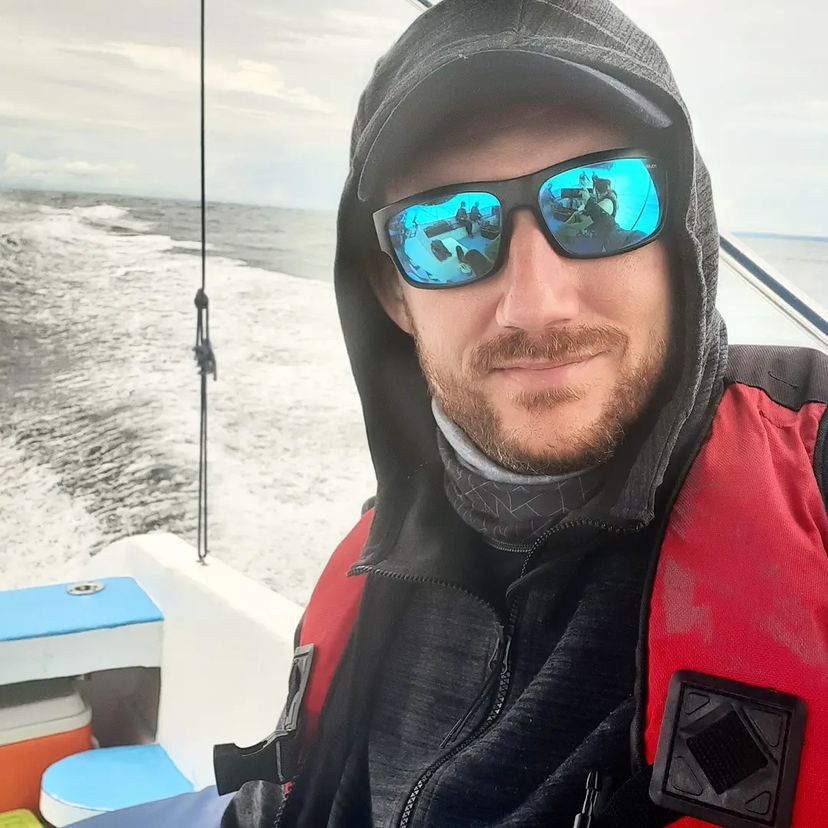Diving O-rings are small but critical components that play a vital role in scuba diving equipment. These rubber seals ensure a watertight seal, preventing leaks and maintaining the integrity of various underwater devices. In this article, we will explore everything you need to know about diving O-rings, their importance, maintenance, and replacement.
Table of Contents
What Are Diving O-rings?
Scuba diving O-rings are small circular rubber seals that are widely used in scuba diving equipment. These O-shaped rings play a crucial role in creating a watertight seal between mating parts, preventing leaks and ensuring the integrity of the equipment underwater. They are typically made from materials such as Buna-N (Nitrile), Viton, or EPDM (Ethylene Propylene Diene Monomer), which offer excellent resistance to water, pressure, and environmental factors.
Diving O-rings are found in various components of scuba diving gear, including regulators, tank valves, dive computers, pressure gauges, and dry suits. Their primary function is to maintain a secure and waterproof connection, contributing to the safety and reliability of diving equipment. Regular inspection, maintenance, and prompt replacement of diving O-rings are essential to ensure their effectiveness and the overall performance of scuba diving gear.
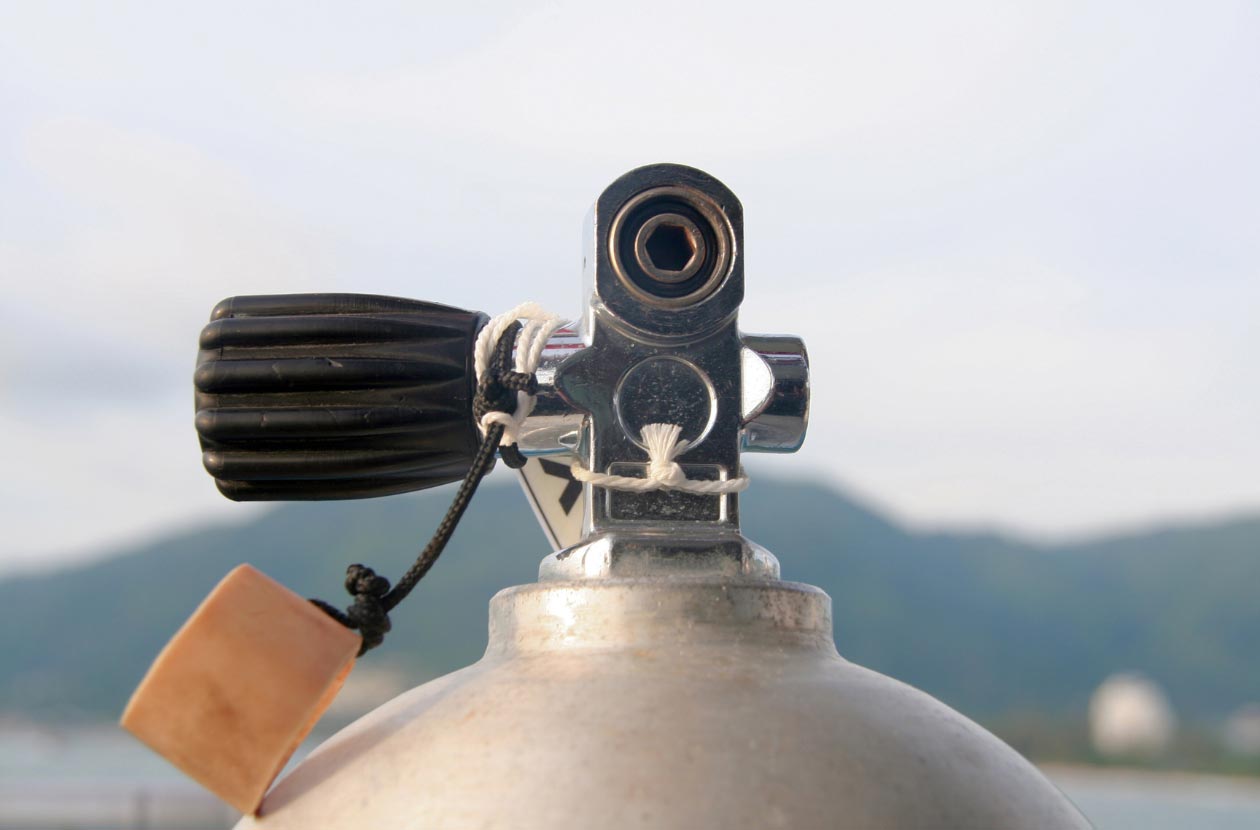
Importance of Diving O-rings
Diving O-rings hold significant importance in scuba diving equipment. These small rubber seals play a vital role in maintaining the integrity and functionality of various diving gear components. Here are some key reasons why diving O-rings are important:
- Watertight Seal: The primary function of diving O-rings is to create a watertight seal between mating parts. Whether it’s the connection between a scuba regulator and a tank valve or the seal around a battery compartment in a dive computer, O-rings ensure that water does not enter the equipment, preventing leaks and potential damage.
- Preventing Gas Leakage: In scuba diving, it’s crucial to maintain a secure connection between the regulator and the tank valve to prevent gas leakage. Diving O-rings provide a reliable seal, ensuring that the supply of breathing gas remains uninterrupted and preventing any loss of air during a dive.
- Equipment Reliability: Diving gear components, such as regulators, dive computers, and pressure gauges, rely on O-rings to maintain their functionality and accuracy. By creating a secure and airtight seal, O-rings contribute to the overall reliability of these devices, allowing divers to monitor their air supply, depth, and other essential information with confidence.
- Diver Safety: The integrity of scuba diving equipment directly impacts diver safety. Diving O-rings help prevent equipment malfunctions or failures due to water intrusion or gas leakage. By ensuring a proper seal, O-rings contribute to the overall safety and peace of mind of divers, enabling them to focus on their underwater experience.
- Equipment Longevity: Properly functioning O-rings help extend the lifespan of scuba diving equipment. By preventing water damage and corrosion, O-rings contribute to the durability and longevity of gear components, reducing the need for frequent repairs or replacements.
-
Peace of Mind: Knowing that the diving gear is equipped with reliable O-rings provides divers with peace of mind. Trusting in the integrity of the equipment allows divers to focus on the dive itself, enjoy the underwater environment, and have a positive diving experience.
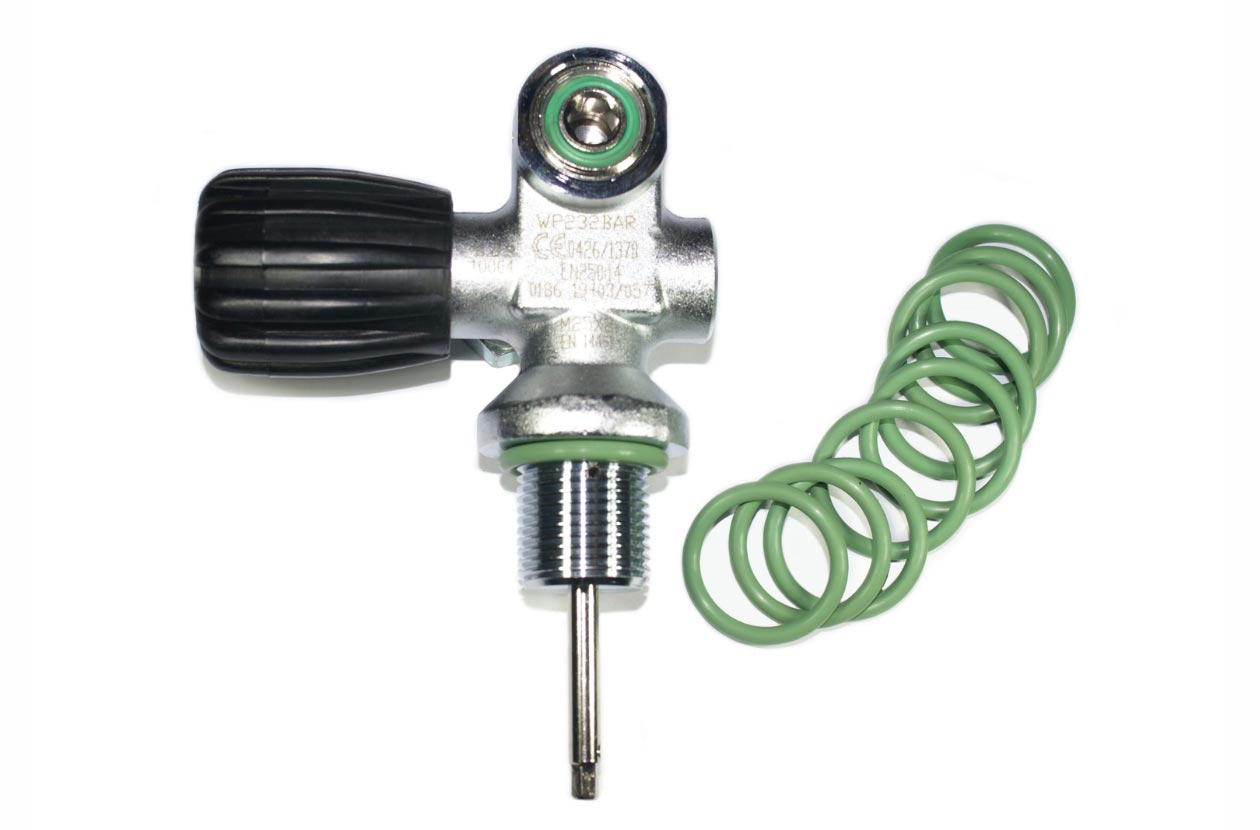
Maintenance and Care
Proper maintenance and care of diving O-rings are essential to ensure their longevity and effectiveness in creating a watertight seal. Here are some important guidelines to follow:
- Regular Inspection: Before each dive, inspect the O-rings for any signs of wear, damage, or degradation. Look for cracks, flattening, or dryness that may compromise their sealing ability. If you notice any issues, replace the O-ring before diving.
- Lubrication: Apply a small amount of compatible O-ring lubricant to ensure smooth operation and prevent drying out. Lubrication helps maintain the flexibility and sealing properties of the O-rings. Avoid using petroleum-based lubricants, as they can degrade certain O-ring materials. Consult the manufacturer’s recommendations for suitable lubricants.
- Avoid Contaminants: Keep O-rings clean and free from contaminants like sand, dirt, salt, or chemicals. Rinse the diving equipment thoroughly after each dive, paying particular attention to O-ring areas. Use fresh water to remove any residues that could affect the O-ring’s performance.
- Handle with Care: When handling O-rings, avoid sharp or pointed objects that can damage or puncture them. Use gentle pressure when installing or removing O-rings to prevent deformation. Taking care during maintenance and equipment assembly helps preserve the integrity of the O-rings.
- Storage: Store diving gear in a clean, dry environment away from direct sunlight and extreme temperatures. Excessive heat or prolonged exposure to sunlight can accelerate O-ring degradation. Avoid storing O-rings near solvents, oils, or chemicals that may cause damage.
- Timely Replacement: Despite proper maintenance, O-rings will eventually wear out or become damaged over time. It is crucial to replace O-rings at the first sign of deterioration to maintain equipment integrity and diver safety. Always use genuine O-rings recommended by the equipment manufacturer to ensure compatibility and performance.
By following these maintenance and care practices, you can maximize the lifespan and effectiveness of diving O-rings. Taking the time to inspect, lubricate, clean, and handle them with care will contribute to reliable sealing and enhance the overall performance of your scuba diving equipment. Remember, properly maintained O-rings play a critical role in ensuring a safe and enjoyable diving experience.
Diving O-ring Replacement
It often happens that the o-ring, although visible on the valve, does not provide full tightness. This is as normal as possible, because simply the material they are made of wears out over time. Therefore, it is enough to replace them quickly. Of course, the first important thing is to have spare diving orings. If you don’t have them then well… you’re unlikely to replace them, right? 🙂 You can get such a small and handy set of different orings along with a spike to help you replace them. This can also be a great gift for a diver. The next thing is to choose the right size. Each type of tank valve may have a different o-ring size. That’s why it’s best to carry several pieces of each typical solution.

However, the most important aspect that has a direct impact on your safety is the selection of the right material. As I mentioned at the beginning, diving orings can be made of different materials. This is dictated by their purpose and the type of gas they will be in contact with. For example, the ordinary black orings that we use in air cylinders are not suitable for contact with mixtures with higher oxygen content, such as nitrox. And although pure oxygen is not used in diving, except for technical divers, special orings must also be used in cylinders with 100% oxygen.
Diving O-rings – let’s recap
In summary, diving O-rings are of utmost importance in scuba diving. They ensure a watertight seal, prevent gas leakage, contribute to equipment reliability and longevity, and ultimately enhance diver safety. Regular inspection, maintenance, and timely replacement of O-rings are essential to ensure their effectiveness and maintain the overall integrity of scuba diving gear. And I will say from experience that most of the problems in everyday diving are precisely because of scuba diving o-rings.
